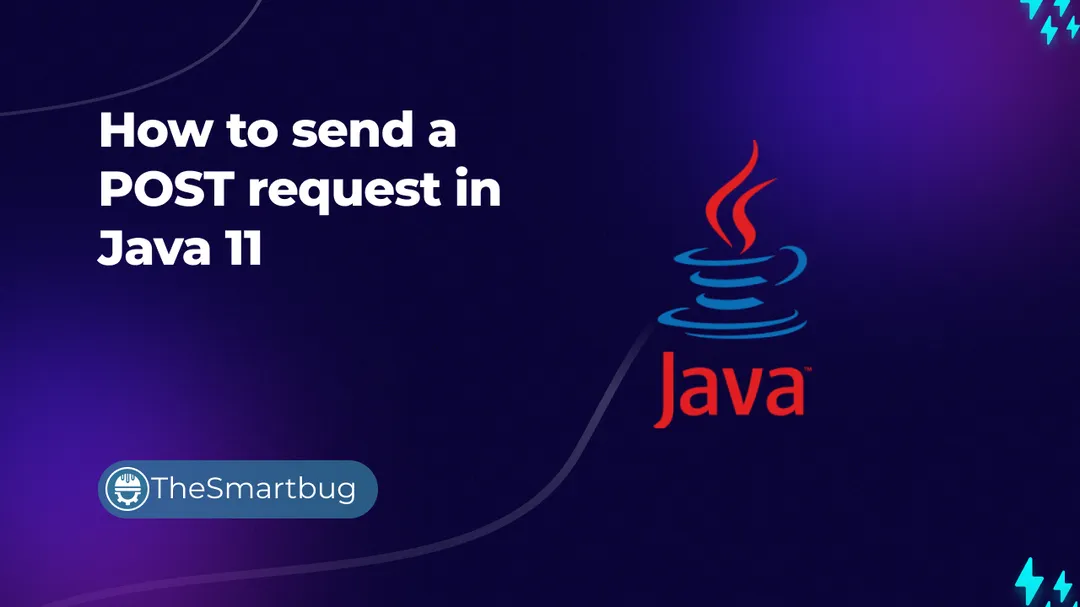How to send a POST request in Java 11
Sending a POST request authenticates through user credentials can be a lot easier in Java that it may appear. Read along to find out.

Sending a POST request authenticates through user credentials can be a lot easier in Java that it may appear. Read along to find out.
